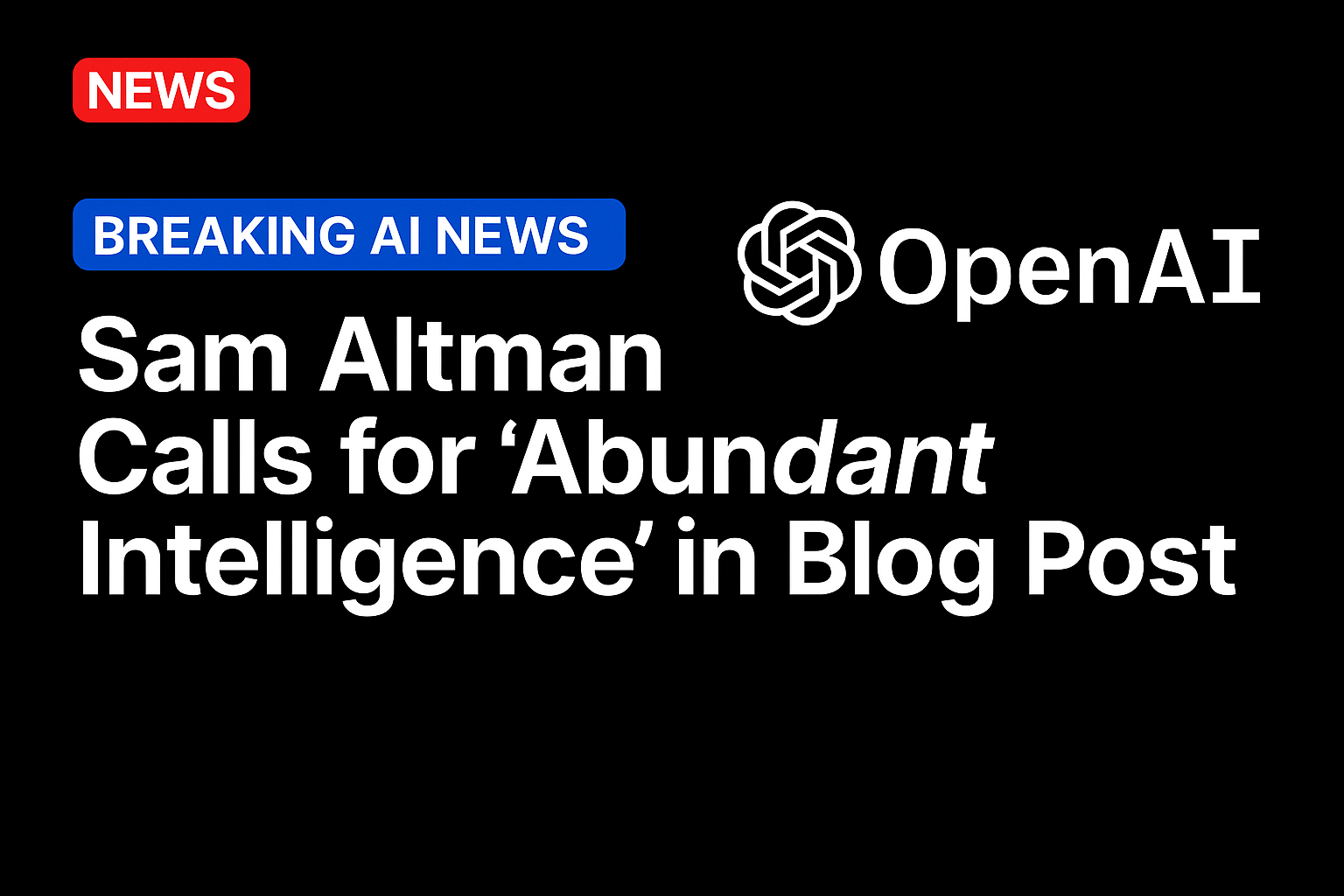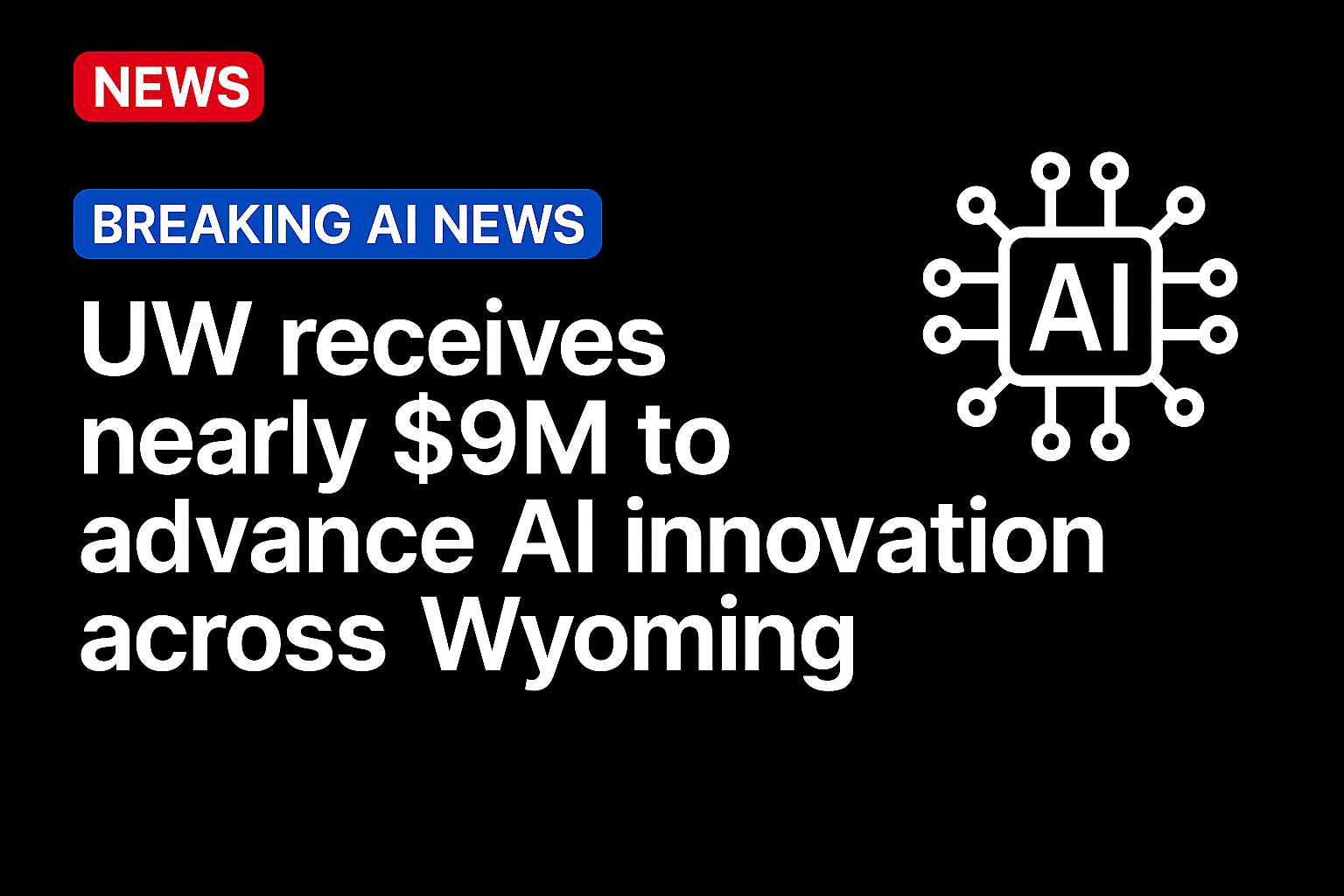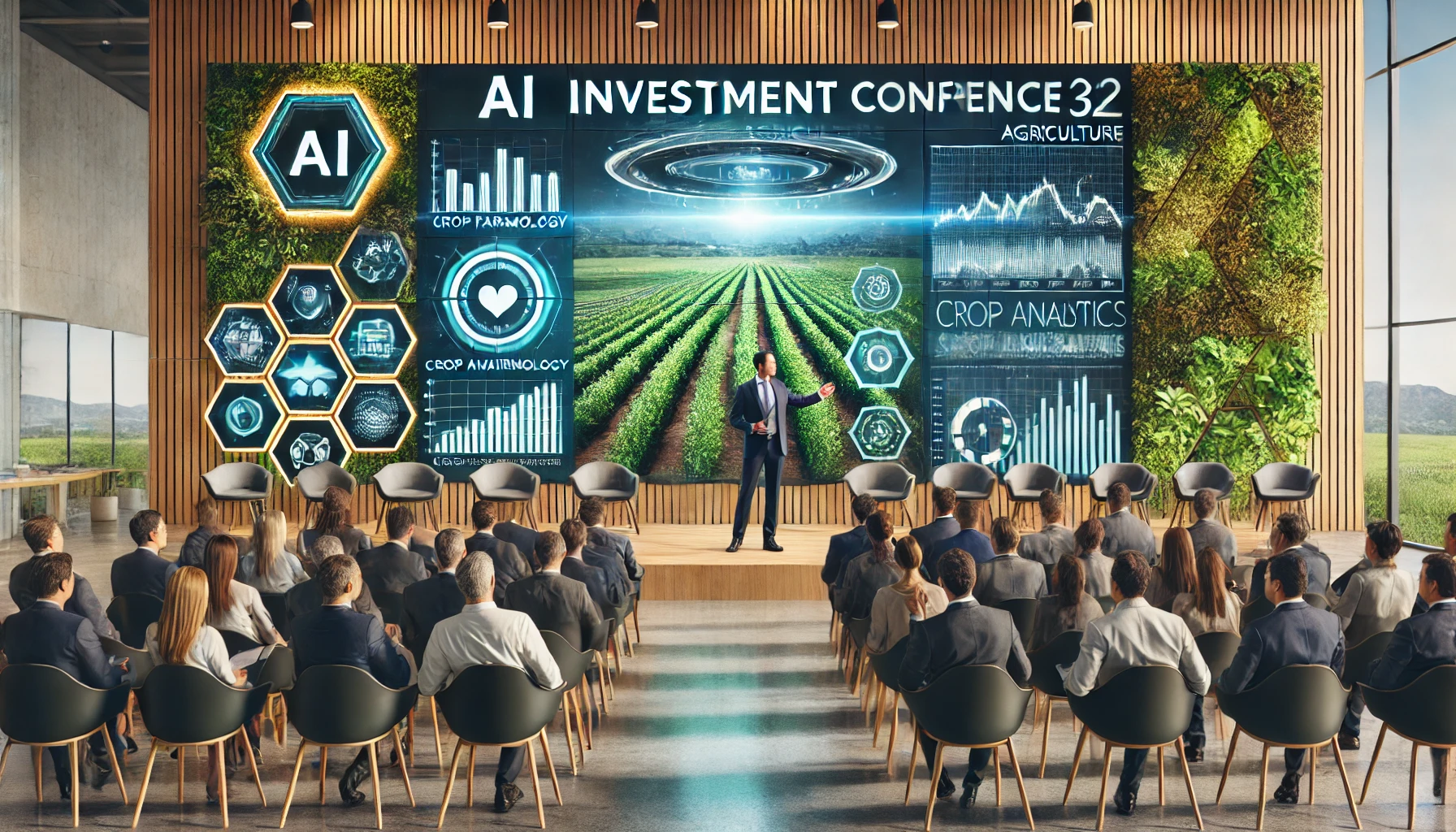
OpenAI CEO Sam Altman used his personal blog this week to outline a sweeping vision for artificial intelligence. In a post titled “Abundant Intelligence,” he called for AI to become as universal as electricity and said delivering it at scale will require industrial-level infrastructure backed by massive investment.
“Our vision is simple: we want to create a factory that can produce a gigawatt of new AI infrastructure every week,” Altman wrote. “The execution of this will be extremely difficult; it will take us years to get to this milestone and it will require innovation at every level of the stack, from chips to power to building to robotics. But we have been hard at work on this and believe it is possible.”
The vision comes as OpenAI’s business is expanding rapidly. As PYMNTS reported, the company doubled its annual revenue to $12 billion in 2025, reflecting demand from enterprises and consumers for its generative AI products. Looking ahead, OpenAI forecasts that spending will jump to $115 billion through 2029, underscoring the capital-intensive path it has chosen.
Altman’s blog also follows a series of landmark agreements designed to expand OpenAI’s capacity. As PYMNTS reported, Nvidia will invest up to $100 billion in OpenAI beginning in 2026, the largest private-company investment on record. At the same time, Oracle struck a $300 billion cloud partnership with OpenAI, anchoring the company’s next generation of infrastructure. Together, these agreements highlight OpenAI’s strategy to lock in compute and cloud resources on an unprecedented scale.
From Research to Infrastructure
Altman wrote that the next phase of AI progress depends on building systems capable of delivering intelligence reliably and at scale.
“If AI stays on the trajectory that we think it will, then amazing things will be possible,” he wrote. “Maybe with 10 gigawatts of compute, AI can figure out how to cure cancer. Or with 10 gigawatts of compute, AI can figure out how to provide customized tutoring to every student on earth. If we are limited by compute, we’ll have to choose which one to prioritize; no one wants to make that choice, so let’s go build.”
The moves also position OpenAI less as a research organization and more as an industrial player tasked with creating the foundation for global AI access. In Altman’s framing, “as AI gets smarter, access to AI will be a fundamental driver of the economy, and maybe eventually something we consider a fundamental human right. Almost everyone will want more AI working on their behalf,” he said.
This marks a turning point similar to the early days of the internet, when breakthroughs in networking had to be matched with vast investment in physical cables, servers and data centers. Just as those investments eventually made the internet a utility, Altman suggested that building AI infrastructure today will create the foundation for widespread, low-cost access to intelligence tomorrow.
Outlook
Altman’s latest post sets a marker for ambition in the AI sector. By linking OpenAI’s strategy to industrial-scale infrastructure and record-breaking partnerships, he signaled that the race to expand AI is moving into its next phase.
If “abundant intelligence” becomes reality, enterprises could lower costs and accelerate adoption by tapping into reliable AI capacity. Consumers could gain access to tools that make daily life more efficient, while industries such as healthcare, logistics and education could reimagine how they deliver services.
Source: https://www.pymnts.com/




